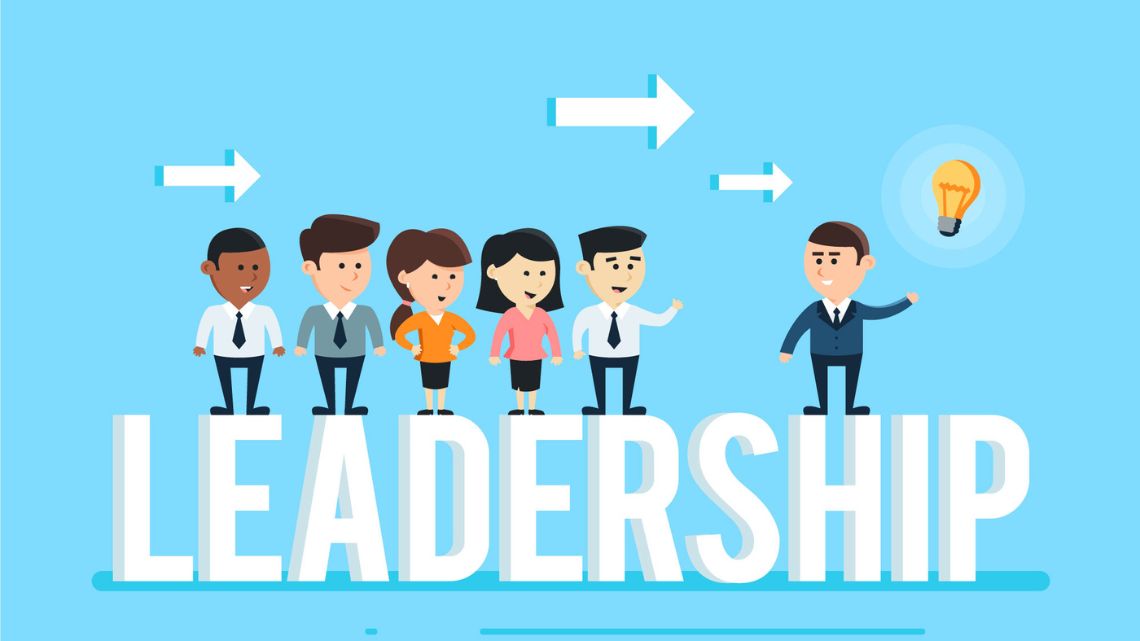
In an era characterized by volatility and systemic interdependencies, resilience has emerged as a performance variable equally critical as profitability. Leadership development is no longer limited to developing management acuity—it is the very framework through which organizations manufacture adaptive capacity. By acclimating leaders to emotional regulation, crisis strategies and change navigation capabilities, organizations create a cascading effect: teams that are resilient to disruption and sustain productivity, while the other competitors remain constrained by rigid operational models.
What is Leadership Development
Leadership development is a strategic and consciously articulated process designed to build team resilience and an organization’s collective leadership capacity. Beyond the focus of individual skill building, this prepares leaders to direct, align and empower teams with a clear purpose. By excelling at self awareness, decision making, communication abilities, leaders can build resilience within teams, reinforcing organizational strength.
Why it matters
Contemporary organizations that recognize the inherent value of strong leadership development whether it’s in autocratic or transactional leadership styles, are not creating better managers, they are enabling leaders to mobilize resilience at scale. Teams who have a leader demonstrating resilience can endure setbacks, embrace change, and ultimately seek opportunity in contexts when other organizations are going out of business or retrenching.
What is the Role of Leadership development in Building resilient Teams
- Fostering psychological safety
Resilience develops in a context in which employees feel assured in voicing their perspectives, ideas and show accountability for mistakes without fear of blame. The goal is to identify how through guidance they can cultivate transparency and empathy to build trust and allows teams to adapt quickly when the stakes are high.
- Cultivating a growth mindset
Teams who are operating from rigid thinking struggle under duress. Through developments in autocratic leadership, executives learn how to support experimentation and reframe problems as learning opportunities. In this, they support resilience by shifting the focus of the issue from fear of failure to possibilities of growth.
- Enhancing communication and trust
Clear communication during uncertainty stops misinformation, reduces anxiety, and restores coordinated response. Development programs equip leaders to achieve clarity, timing, and tone of messaging in order to convey messages, trust-building information to team members when under duress.
- Promoting employee well-being
Momentum in resilience is not sustainable if teams are under a constant state of exhaustion. Leadership development helps in balancing performance expectations with practices for well-being, hence individuals attain the capacity and energy required to perform in an enduring manner.
- Empowering and inspiring teams
Resilient teams are empowered teams. Leaders who learn to inspire, delegate, and cultivate ownership in team members engage and inspire others in the group, infighting heightened engagement and response. Accountability in democratic leadership combined with active participation is vital to resilience, especially to collaborate when environments or teams are in long term disruption.
Core Elements of Leadership Development for Resilience
- Emotional Intelligence Training
Emotional Intelligence (EQ) is one of the non-negotiable skills for leadership authorities. Leaders with strong emotional maturity and intelligence can effectively self regulate stress, be more empathetic towards their teams, and manage conflict constructively. Training leaders in EQ prepares them to stabilize the team dynamic when uncertainty is at its peak.
- Decision-Making Under Pressure
Resilient leaders are decisive and act with authority, even when there is little information to go off. However, in a development program, crisis scenarios can be simulated and allow leaders to practice structured decision making frameworks that balance both speed and risk.
- Change Management Skills
When an organization accomplishes resilience, it is able to operate in a state of change without losing momentum or productivity. Development will instill change management vision in leadership strategies, whereby they are able to shepherd change with confidence and provide momentum to their teams when the landscape shifts.
- Communication Mastery
Communication, during a disruption, is a stabilizing and energizing force to a team’s experience. Training leaders to communicate precisely, transparently, and with flexibility and adaptability would also prepare the team to maintain high compliance and enthusiasm when conditions change.
How to Embed Resilience into Leadership Development Programs
- Designing learning interventions
Successful initiatives involve more than just training in the boardroom. Effective programs include simulations, “what-if” planning, coaching, and experiential assignments that mirror the actual pressures leaders need to endure.
- Integrating resilience-building modules into executive pipelines
Resilience should not be an afterthought. Organizations can integrate resilience modules into succession planning and executive pipelines, so that future leaders do not just inherit technical savvy; they are also enterprising and adaptive.
- Leveraging technology
Tech-enabled coaching platforms, digital ecosystems and data-enabled assessments can scale leadership capacity and development across geographic areas. These technologies also allow for real-time information on leaders’ development and adaptability.
- Metrics for success evaluation
Organizations must evaluate performance of:
- Employee engagement rate
- Team adaptability metrics
- Turnover and retention
- Business continuity effectiveness during disruption
Conclusion
The strategic role of leadership development is in its capacity to institutionalize resilience as a scalable capability and not a reactive behavior. With effective training in behavioral styles that elicit psychological safety, adaptive communication, and structural empowerment, resilience will scale from a demonstration of individual agility to an organizational advantage. This behavioral shift is critical for B2B companies: resilient teams safeguard stakeholder confidence, ensure continuity, and transform volatility into competitive differentiation in market spaces for which underlying fragility is surfacing across a wider scope.
To read more, visit APAC Business Standard.
For Connect with Us:
About Us: https://about.me/apacbusinessstandard/
Pinterest: https://in.pinterest.com/apacbusinessstandard/
X (Twitter): https://x.com/Apac_b_standard
linkedin: https://www.linkedin.com/company/apac-business-standard/
Facebook: https://www.facebook.com/ApacBusinessStandard
Instagram: https://www.instagram.com/apacbusinessstandard/
Medium: https://medium.com/@apacbusinessstandard
BlogSpot: https://apacbusinessstandard.blogspot.com/
